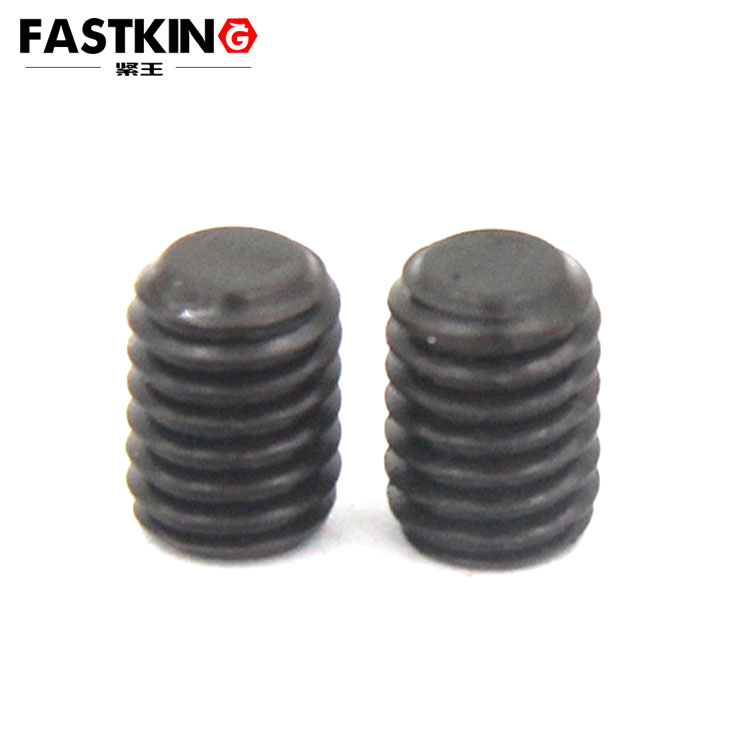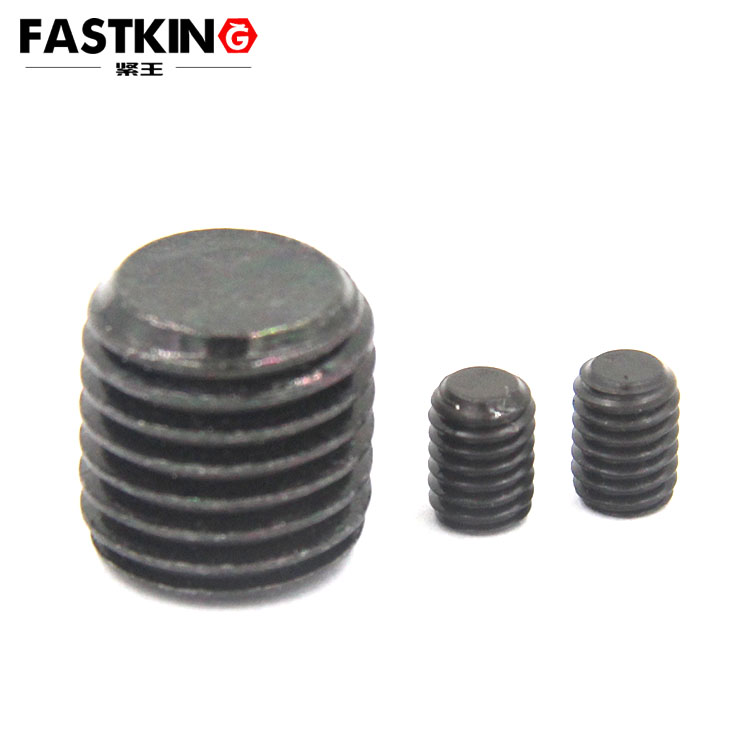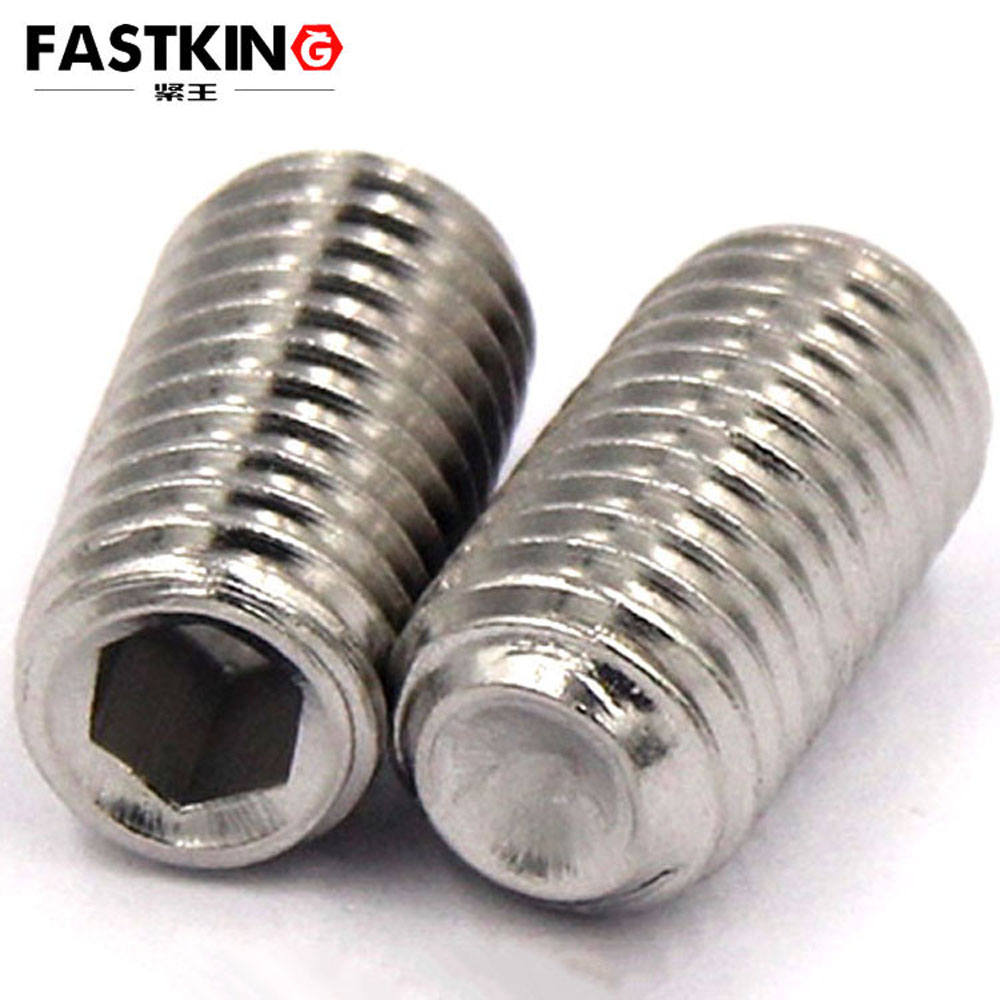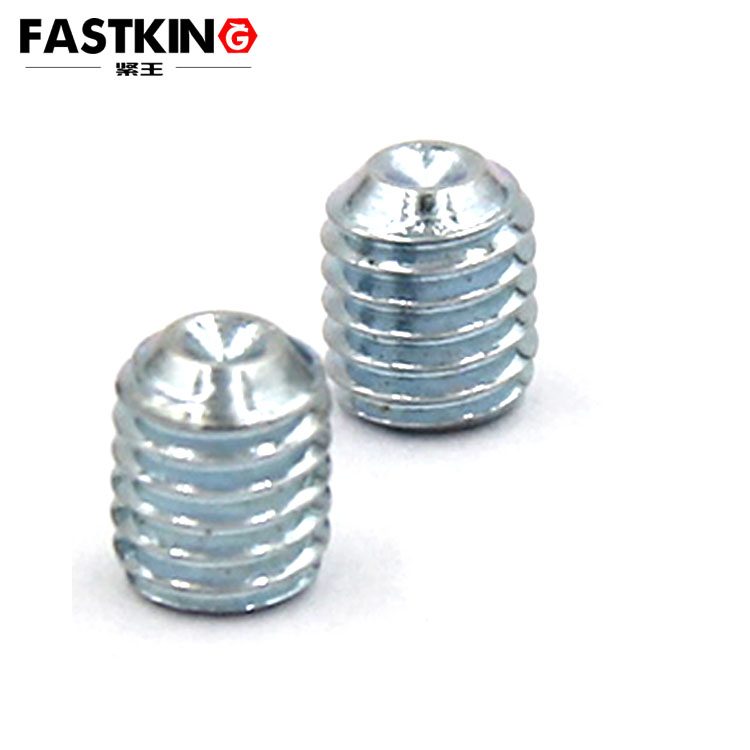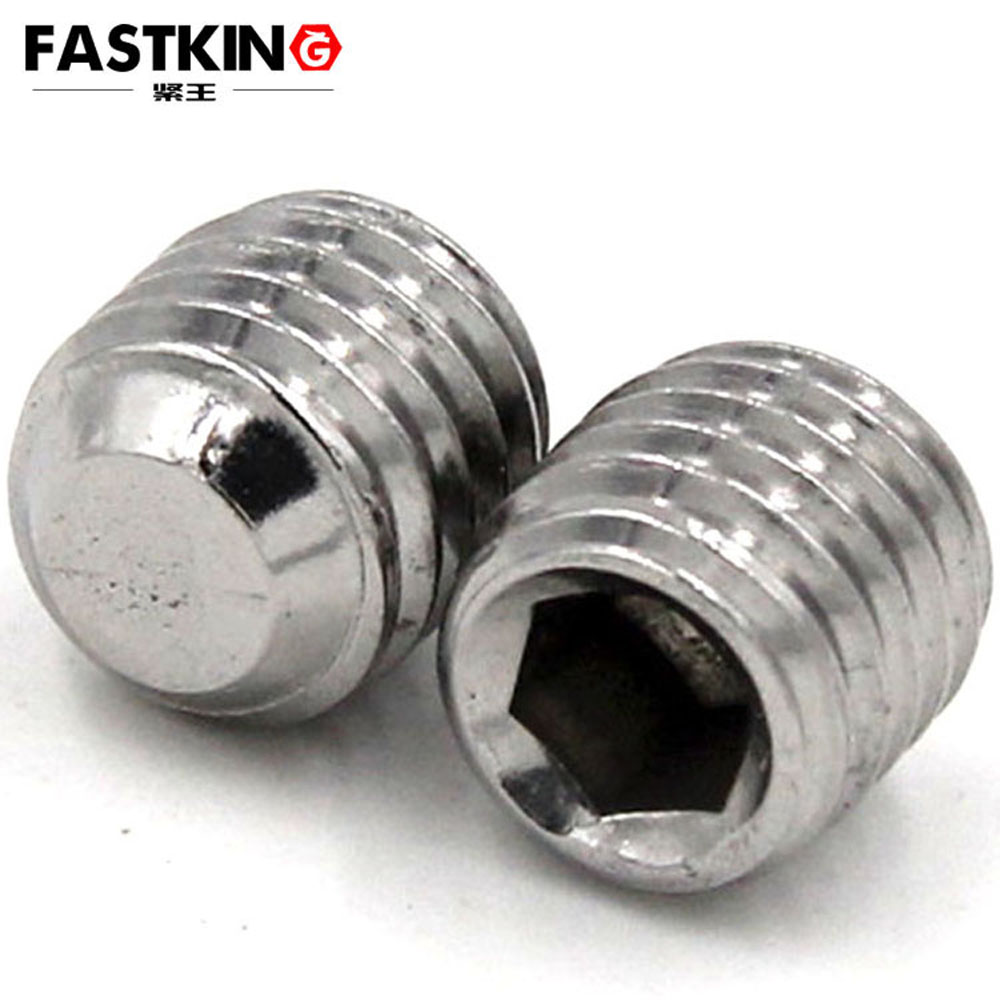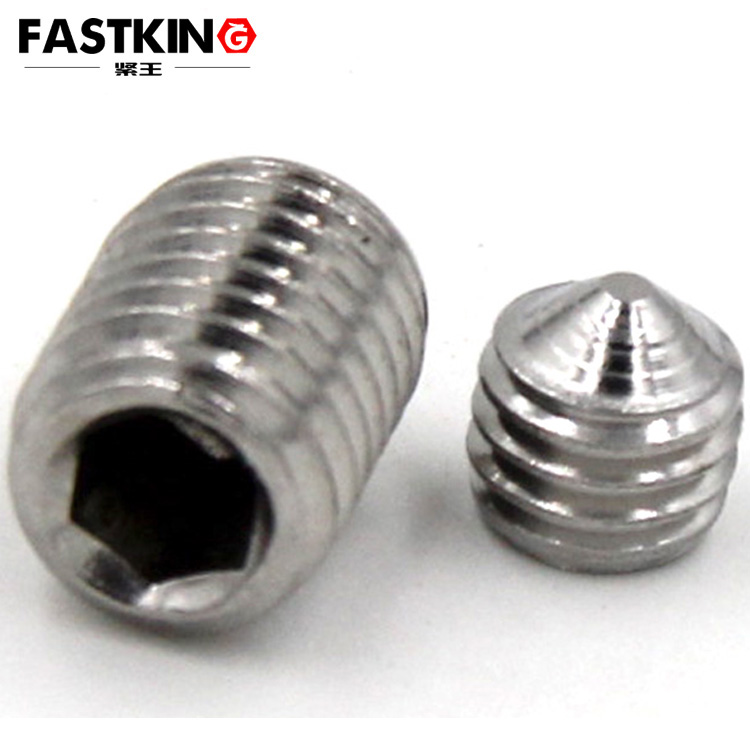- ZHUHAI JIALI HARDWARE CO.,LTD.
- 0760-85889089
Flat end set screw din913
- Product description:Flat end set screw, also known as machine screw, set screw, head end is flat end.
Flat end set screw din913
Material: stainless steel 304316, grade 8.8 high strength and grade 12.9 high strength
Product standard:DIN913
It can also support non-standard customization.
In addition to the hexagon socket cup-point set screw mentioned above, the flat-point set screw is also a common type of set screw, which is also known as "Grub screw" or "set screw" in the fastener category. The most distinctive feature of this screw lies in its "flat point" design at both the head (if applicable) and the tail end — unlike the concave arc or cone-shaped tail of the cup-point set screw, the tail end of the flat-point set screw presents a smooth, flat surface, which determines its unique application scenarios and functional advantages.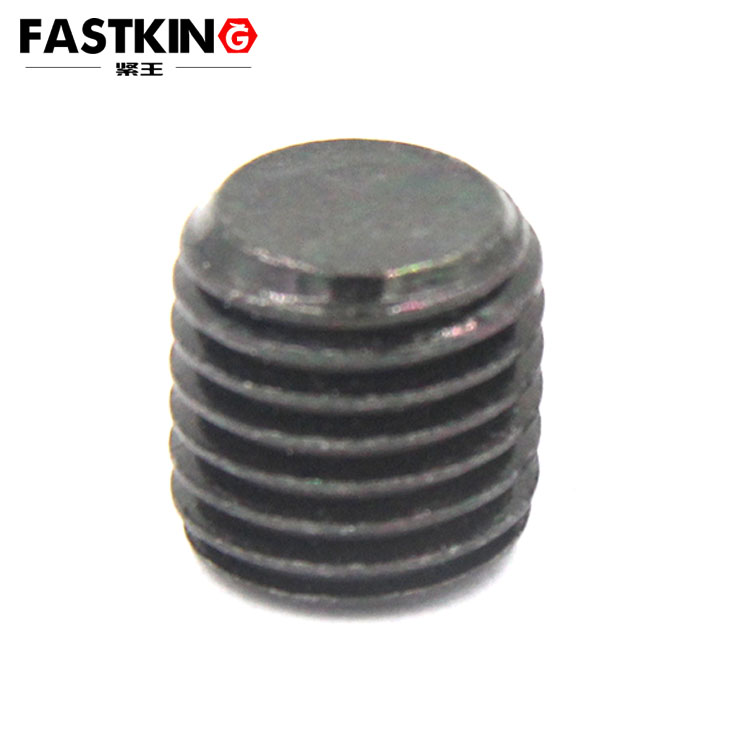

Structurally, similar to some headless cup-point set screws, many flat-point set screws also adopt a headless design for "invisible installation", allowing them to be fully embedded into the threaded holes of connected components without leaving protruding parts on the surface. When equipped with an internal hexagon slot (a common design for flat-point set screws), they also require a matching hexagon wrench (hex key/Allen Wrench) for installation and disassembly, ensuring anti-slip performance during operation and precise control of tightening torque. The key difference lies in the tail end: the flat surface of the flat-point tail avoids concentrated pressure on the surface of the fixed component, making it particularly suitable for scenarios where the surface of the connected part needs to be protected from indentation or damage. For example, when fixing lightweight shaft components, plastic parts, or thin-walled metal parts, the flat-point tail can distribute the fastening force evenly over a larger contact area, preventing scratches or deformation caused by local overpressure.
In terms of application scenarios, the flat-point set screw is widely used in fields that prioritize surface protection of components while requiring basic positioning and fastening. In the assembly of household appliances (such as the fixing of fan blades in air conditioners or the connection of plastic casings in washing machines), the flat-point design can avoid damaging the relatively fragile plastic or thin metal surfaces; in the manufacturing of precision electronic equipment (like the fixing of small motor shafts in cameras or the positioning of circuit board brackets), it ensures stable component connection without affecting the flatness or functionality of sensitive parts. Additionally, in scenarios where frequent adjustment or disassembly of components is needed (such as the positioning of sliding rails in furniture or the fixing of adjustable brackets in mechanical tools), the flat-point tail is less likely to cause "sticking" or surface wear during repeated fastening and loosening, extending the service life of both the screw and the connected components.
Compared with the cup-point set screw (which excels in anti-loosening performance for high-vibration scenarios), the flat-point set screw focuses more on surface protection and gentle fastening. Together, these two types of set screws cover different functional needs in the fastener family, providing targeted solutions for various mechanical connection and component positioning requirements — whether it is the strong grip of the cup-point for high-load scenarios or the gentle protection of the flat-point for fragile surfaces, they both reflect the "precision design for specific needs" in fastener engineering.

